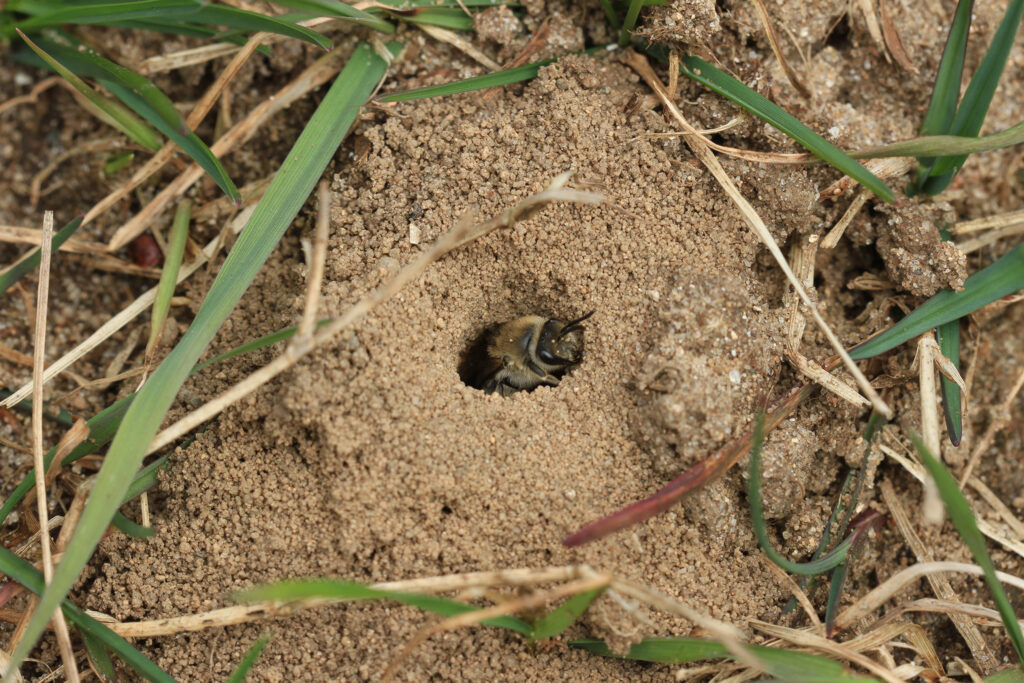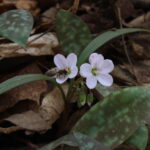There has been much focus on landscaping to help pollinators in recent years. While this is all good, most of the information deals with the later, larger, showier flowers of summer and fall. I do not see much about the earliest plants and pollinators. If you pay attention as you walk thru the woods in early spring, and I mean early like March and early to mid-April you will see small flies active around early bloomers like Skunk cabbage. These small flies are attracted to the heat produced by the plant during the fourteen days of actual bloom when the pollen is present. Harbinger-of-spring which blooms from early March through April is visited by both bees and flies. Other early bloomers like Bloodroot and Hepatica also need bees and provide pollen for them.

Many of our native bees emerge in conjunction with a particular species or group of plants’ blooming. These timed emergences occur throughout the growing season. In some cases, it is important for the bees to not only emerge at the correct time of year, but to also be able to find the appropriate species of flower as some are specialist and only visit one or a small number of species.

The queen bumble bee overwinters in the leaf litter in the woods. As the days warm and she becomes active, she can be seen visiting early blooming spring ephemerals for food while searching for a place to build a nest for the coming brood. Another early bee is the ground nesting miner bee in the genus Andrena. These bees are active in my lawn in late March to early April. When the adults hatch out, you will see small holes in the ground surrounded by piles of sand. If you sit quietly and wait, you will begin to see them coming and going. Just do not get to close or they will retreat into the ground for protection.

Early blooming trees and shrubs like soft maples and willows can provide both nectar and pollen for bees. Willows are a great and first pollen source of the spring for honey bees.
When thinking of pollinators and looking for plants to add to your landscape, keep in mind the needs of early bees. Add early spring blooming flowers, trees and shrubs then continue the progression throughout the growing season.
Even though there has not been much research done yet, keep in mind that with some of these solitary bees nesting in the ground that pesticides you apply to the soil could have a negative impact on the developing larvae. If you find you have ground nesting bees in your lawn, consider not treating those areas of the lawn with pesticides of any kind. Native bees are important to native plants!
 Click on the title of a post to view a full gallery of images.
Click on the title of a post to view a full gallery of images.


